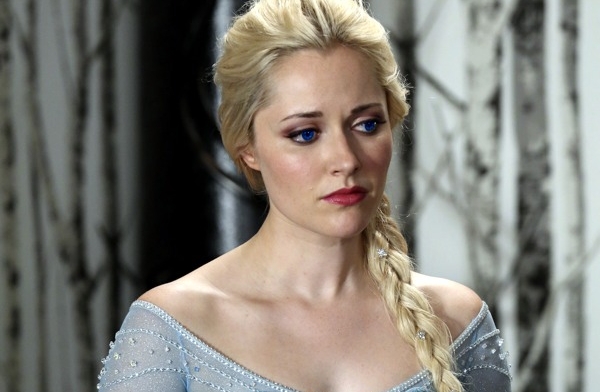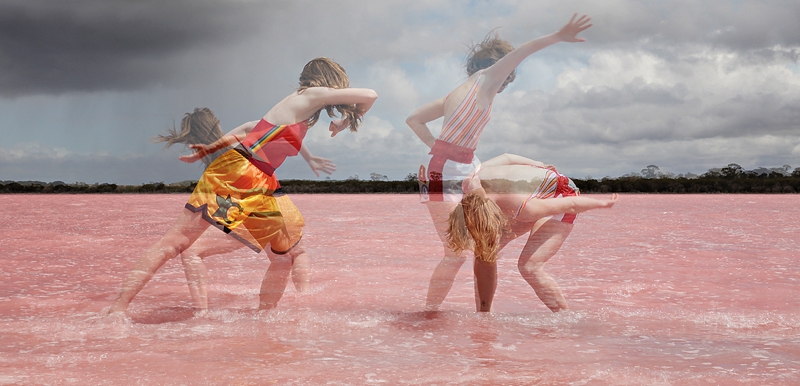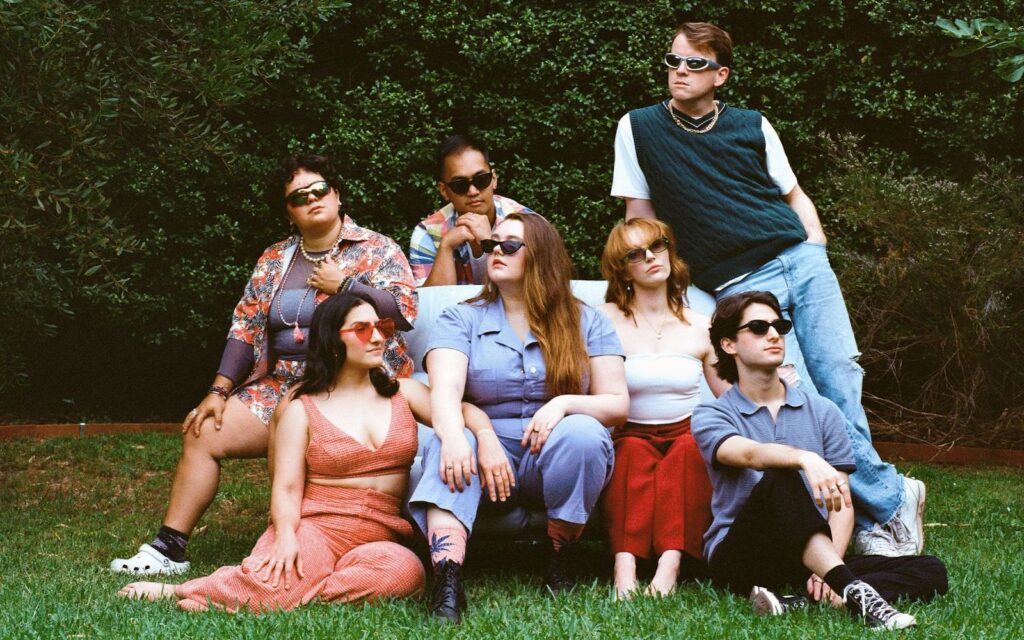“It happened really quickly: I was on my honeymoon [with husband, screenwriter Josh Stapleton] when I got the audition and got the role; and then I pretty much flew out as soon as we got back from that and then arrived two days before we were filming.” Enter Georgina Haig (Maximum Choppage, Fringe, The Sapphires), a Melbourne bred and born lady with a disarming charm that portrayed the iconic fair Queen known as Elsa, with nuance and poise. “The first time that I had the full hair, makeup and dress, I was literally stepping on-set to film. It was quite scary in a way because I really wanted to get her right and I just hoped that I could do it,” and she did.
In under 13 episodes, the Western Australian Academy of Performing Arts graduate developed a more multi-faceted and defined character for Elsa, showcasing her wry wit and passionate sense of social justice, as well as employing her ballet skills to capture the graceful walk that is Elsa of Arendelle. In season four of Once Upon A Time, viewers saw Elsa elevate from the embodiment of fear to an individual capable of great empathy and realism, as she adopted the role as confidant of Storybrooke hero, Emma Swan, portrayed by Jennifer Morrison (Star Trek Into Darkness, How I Met Your Mother, House), resolutely searched for her sister, and battled The Snow Queen, albeit poorly.
“There were lots of more opportunities to show a bit of her humour, which is what [Kitsis and Horowitz] did with Kristoff,” yes, the side characters of Frozen deserve character development too. “The sister relationship was so wonderful in the movie and I think a lot of people resonated with it, so they really developed that and showed more sides to that,” including Anna wandering off again to help self Elsa in some form or another and Elsa insisting on being reunited with her sister. “Then having [Elsa] relate so well to Emma’s character worked really well, because they worked out that Emma [who recently discovered her magical abilities and learns to embrace them] is going through the same thing that Elsa went through in the movie,” accidentally hurting those you love with your uncontrollable and volatile magical powers, “and in that way, the two [women] connect really well.”
One of the major characteristics of Once Upon A Time is that it imparts some moral message or explores some major theme, akin to fairytales and European folklore themselves. The themes of season four of Once Upon A Time were acceptance, family and love. These three themes were explored through the imminent curse that befell the town: The Spell of Shattered Sight.
“The Spell of Shattered Sight was inspired by the original Snow Queen Fairytale [the fairytale that inspired Frozen]. In the Hans Christian Anderson fairytale there was this mirror that shattered into a million bits and pieces and if anything got lodged in your eye, you would see the worst in people and the worst in the world,” explains Haig. “I think it was a great away to explore the theme of family and accepting people as they are because it basically pushed [the] characters to their absolute limit by bringing out the worst in people. Mary Margaret, who is so lovely and accepting all the time, [became] pissed off and a bit of a bitch,” an understatement, she turned into an evil vixen who rejected her husband and disowned her daughter, Emma; and Prince Charming became a walking mouth of insults and slicing remarks about his own daughter, Emma, and her magical abilities. Despite all of this, Emma still loved them both because “the whole point is that family is there for unconditional love and by having The Spell of Shattered Sight, you’re testing that in the ultimate way.”
Though Haig’s stay on the Once Upon A Time family was transient, she assures Beat that the experience was a memorable and enjoyable one. “It was so intense. Just so intense. It was a combination of things: you do a 12 hour day, but if there’s any overtime, there’s a twelve hour turn-around before people get to work the next day. If you go overtime, the time shifts forward the next day. But there’s a great crew and you’ve got lots of support to help you through it, but yeah, it’s hard work. It really is.”
BY AVRILLE BYLOK-COLLARD







